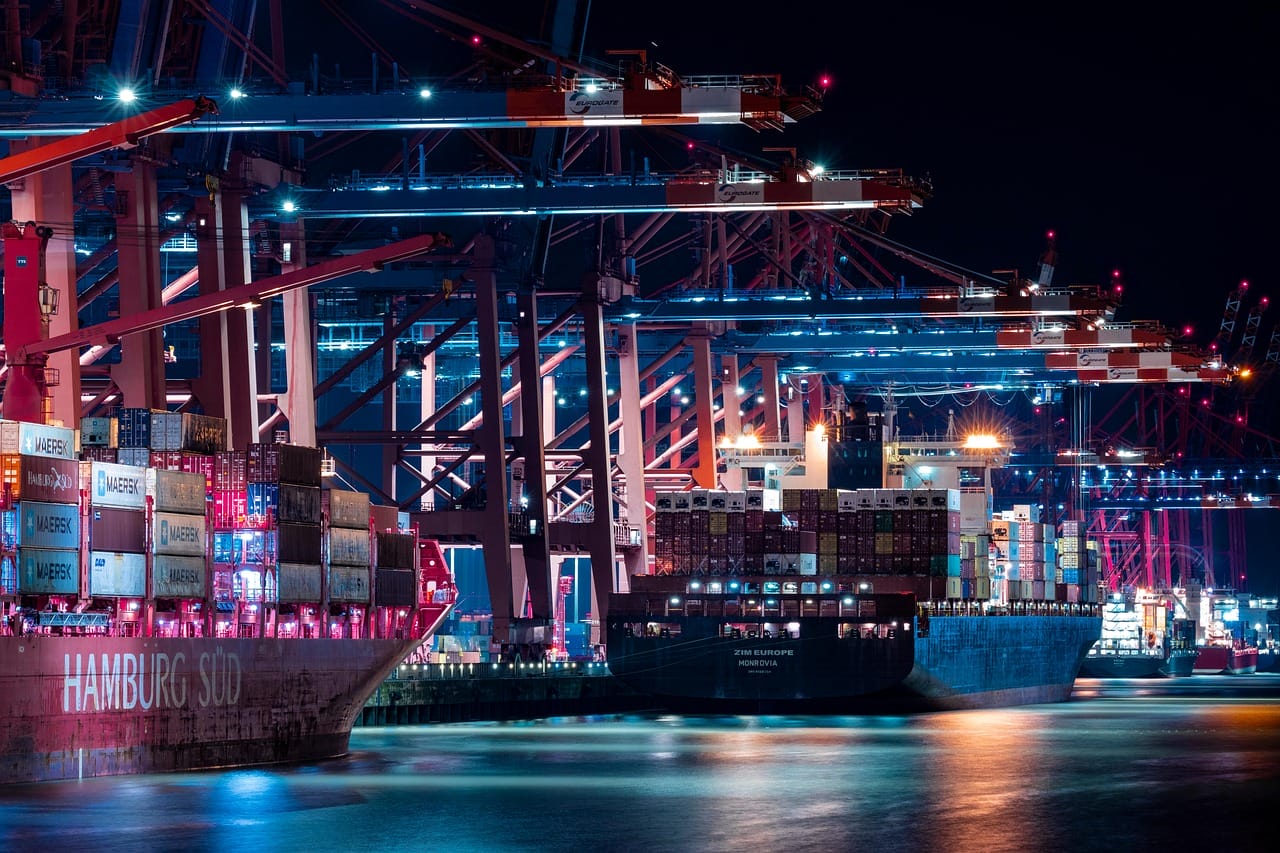When you’re searching for a refrigerated shipping container for sale, you’re taking the first step toward transforming your cold-chain operations. These robust modules offer precise thermal management, structural resilience, and plug-and-play convenience critical factors for industries ranging from food processing to pharmaceuticals. Understanding the nuances of design, refrigeration technology, and operational demands will ensure you select the perfect unit for your unique requirements.
LOCAL NEWS: 100 best places to work and live in Arizona for 2025
Why Precision Matters in Cold-Chain Logistics
In temperature-sensitive transport, even a single degree’s deviation can trigger enzymatic reactions or foster microbial proliferation. Sophisticated reefers employ multi-layer insulation paired with variable-speed compressors that adjust output on the fly. Sensors feed real-time data to digital controllers, which then execute micro-adjustments to maintain the target setpoint within ±0.5 °C. The result? A safeguarded product, fewer regulatory headaches, and a sharp reduction in spoilage-related losses.
Core Components of a High-Performance Reefer
At the heart of every reefer are three interdependent subsystems: the encapsulating shell, the refrigeration machinery, and the user interface.
- Encapsulating Shell: Corrugated corten steel meets closed-cell high-density polyurethane foam yielding R-values beyond R-20 without compromising durability.
- Refrigeration Machinery: A vapor-compression loop compressor, condenser, expansion valve, evaporator may be driven by variable-frequency inverters to throttle cooling capacity in concert with ambient load.
- User Interface: Modern controllers permit granular setpoint configuration, time-stamped logging, and threshold alarms. Additionally, many systems stream telemetry via cellular or LEO satellite networks for remote diagnostics.
Insulation and Structural Trade-Offs
Not all foam cores are created equal. Denser formulations thwart conductive heat gain but add weight and encroach on payload volume. Contrarily, ultra-light composites conserve cubic space yet sacrifice some R-value. Material choice thus hinges on the prioritized metric thermal resistance or net payload.
Foam Density vs. Volume
- High density (≈40 kg/m³) yields superior insulation but reduces interior clearance;
- Low density (≈25 kg/m³) offers extra payload space at a modest thermal penalty.
Panel Thickness
- 100 mm panels strike a balance between R-value and internal dimensions;
- 150 mm panels maximize insulation yet may require recalibration of airflow systems.
Structural Reinforcements
- Marine-grade floor bearers resist saltwater corrosion in coastal deployments;
- Anti-microbial liners available for pharmaceutical or biotech use.
Structural integrity also demands attention: reinforced corner castings and marine-grade floor bearers counteract torsional stresses, while epoxy coatings fend off corrosive agents in coastal or chemical-exposed environments.
Dimensioning for Load Optimization
Selecting a 20-footer versus a 40-footer goes beyond footprint considerations. Internal volume interacts with pallet layouts and airflow schemas to dictate cooling uniformity. Without engineered underfloor ducts or directional vanes, stagnation zones form hot spots that compromise downstream quality. Multi-temperature variants, partitioned into discrete thermal zones, empower simultaneous carriage of, say, frozen seafood alongside leafy greens, each preserved at its own ideal temperature.
Power Modes and Efficiency Enhancements
Standard reefers draw 400 VAC three-phase shore power, yet remote sites often rely on diesel gensets. To trim fuel burn and carbon output, look for eco-modes that relax strict setpoints under stable ambient conditions or VFD-driven fans and compressors that self-modulate against load.
Eco-Modes
- Adaptive setpoint relaxation during stable ambient periods;
- Scheduled temperature buffers to reduce compressor runtime.
Variable-Frequency Drives (VFDs)
- Match fan and compressor speeds to real-time cooling demand;
- Minimize electrical inrush currents and mechanical wear.
Solar-Assist Options
- Photovoltaic panels powering auxiliary systems (control electronics, lighting);
- Battery storage to bridge intermittent mains or generator outages.
Photovoltaic arrays can top off auxiliary circuits, extending generator runtimes and cutting refueling stops particularly valuable in off-grid or high-tariff regions where electricity costs can telescope operating expenses by 20–30 %.
Advanced Monitoring and Predictive Maintenance
Industrial telematics platforms now leverage machine-learning models trained on vibration signatures, refrigerant pressures, and thermal profiles to forecast component fatigue. Early warnings leaky seals, impending motor failure surface days or weeks before catastrophic breakdown. Operators can then schedule maintenance windows during slack periods, rather than scramble when cargo integrity is at stake.
Serviceability and Regulatory Alignment
Routine upkeep verifying refrigerant loads, coil cleanings, defrost system checks, and sensor recalibrations is non-negotiable. While in-house crews handle basic inspections, many firms secure full-scope service agreements. Such contracts guarantee rapid parts dispatch, vetted technicians, and audit-ready documentation that satisfies HACCP or GMP validations.
Tailoring and Value-Added Options
Customization elevates basic reefers into specialized workhorses. Consider integrated racking systems for small-parcel loads, LED luminaires for nocturnal handling, uninterruptible power supplies for voltage sags, and anti-microbial liners in pharmaceutical deployments. The investment ups the capital outlay but often pays dividends via streamlined workflows and mitigated risk.
Lifecycle Cost Analysis and Sustainability Metrics
A comprehensive lifecycle cost analysis looks beyond the sticker price to encompass every phase of a container’s service life. Key considerations include:
Upfront vs. Operating Costs
- Initial capital expenditure (purchase or rental fees);
- Premiums for energy-saving features (e.g., VFDs, eco-modes);
- Projected annual energy savings (commonly 25–30 % over baseline units).
Maintenance and Downtime
- Scheduled compressor rebuilds (e.g., every 5,000 operating hours);
- Condenser coil replacements (typically every three years);
- Service contract costs and potential productivity losses during repairs.
End-of-Life and Refurbishment
- Recycling of modular foam panels and marine-grade aluminum flooring;
- Remanufacturing options versus full replacement.
Environmental Impact Metrics
- Grams of CO₂ emitted per megajoule of cooling delivered;
- Annual greenhouse-gas reductions relative to legacy models (often thousands of kilograms saved);
- Compliance with green-incentive or carbon-credit programs.
By mapping these factors over a typical ten-year lifespan, you can quantify total cost of ownership and environmental footprint. This holistic approach ensures your reefer selection aligns not only with operational budgets but also with corporate sustainability targets potentially unlocking rebates or carbon-offset benefits in the process.
Conclusion
When evaluating vendors, interrogate their longevity in the market, depth of engineering support, and scope of after-sales care. For deeper insights into the operational benefits and sustainability impacts, explore how refrigerated storage containers help businesses https://punsfunniest.com/refrigerated-storage-containers-reduce-food-waste/ in many ways.
Scrutinize warranty coverage does it encompass structural welds, electronics, and compressor internals? Confirm logistics prowess too: timely delivery, on-site commissioning, and flexible rental options can be decisive when rapid deployment is imperative.




